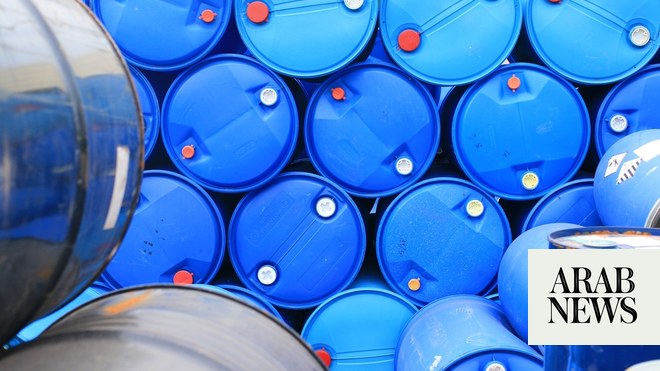
Jan 14 (Reuters) - China"s imports of crude oil, copper and soybeans rose in May from a year ago, data from the General Administration of Customs showed on Friday. Imports of iron ore fell.
China"s overall exports rose 20.9% year-on-year in December and imports jumped 19.5% over the same period, customs data showed. read more
Below are comments from analysts on the commodities data.
KEY POINTS:
*Crude oil: December imports rose 19.9% from a year earlier to 46.15 million tonnes
*Iron ore: December imports fell 11.0% from a year to 86.07 million tonnes
*Copper: December imports rose 15.0% from a year earlier to 589,165 tonnes
*Soybeans: December imports rose 17.95% from a year earlier to 8.87 million tonnes
Preliminary table of commodity trade data
Comment on iron ore
ZHUO GUIQIU, ANALYST, JINRUI CAPITAL:
"China"s annual iron ore imports dropped in 2021 mainly as steel production curbs in the second half of the year had hurt demand. We think iron ore imports in 2022 could remain at an equivalent level if authority continue to urge for no higher annual steel production. Iron ore supplies from major miners are seen to remain stable, while the demand-side is more decided by government policies towards steel output controls."
Comment on oil
MIA GENG, ANALYST, CONSULTANCY FGE:
"Rising crude prices, backwardated market structure and government"s overall strategy to cool the hype in the commodities market worked together in driving down last year"s crude oil imports."
Comment on copper
HE TIANYU, COPPER ANALYST, CRU:
"In December, it was more favourable to import into China. However on an annual basis, copper imports into China fell from 2020 as demand from overseas markets like Europe and the U.S. were good, so there were more copper inflows there versus China."
Comment on soybeans
ZOU HONGLIN, ANALYST AT AG DIVISION OF CONSULTANCY MYSTEEL:
"The cost of importing soybeans kept going up on rising CBOT prices in the first half of the year, while domestic soymeal prices in China remained low. Crushers could only cut back soybean purchases in the second half of the year as crush margins worsened. On the other hand, hog prices (in China) plunged, pushing down hog margins and downstream demand for soymeal. The practice of using wheat to replace replace some corn in feed also cut demand for soymeal."
LINKS:
For details, see the official Customs website
(www.customs.gov.cn)
BACKGROUND:
China is the world"s biggest crude oil importer and top buyer of copper, coal, iron ore and soybeans.












